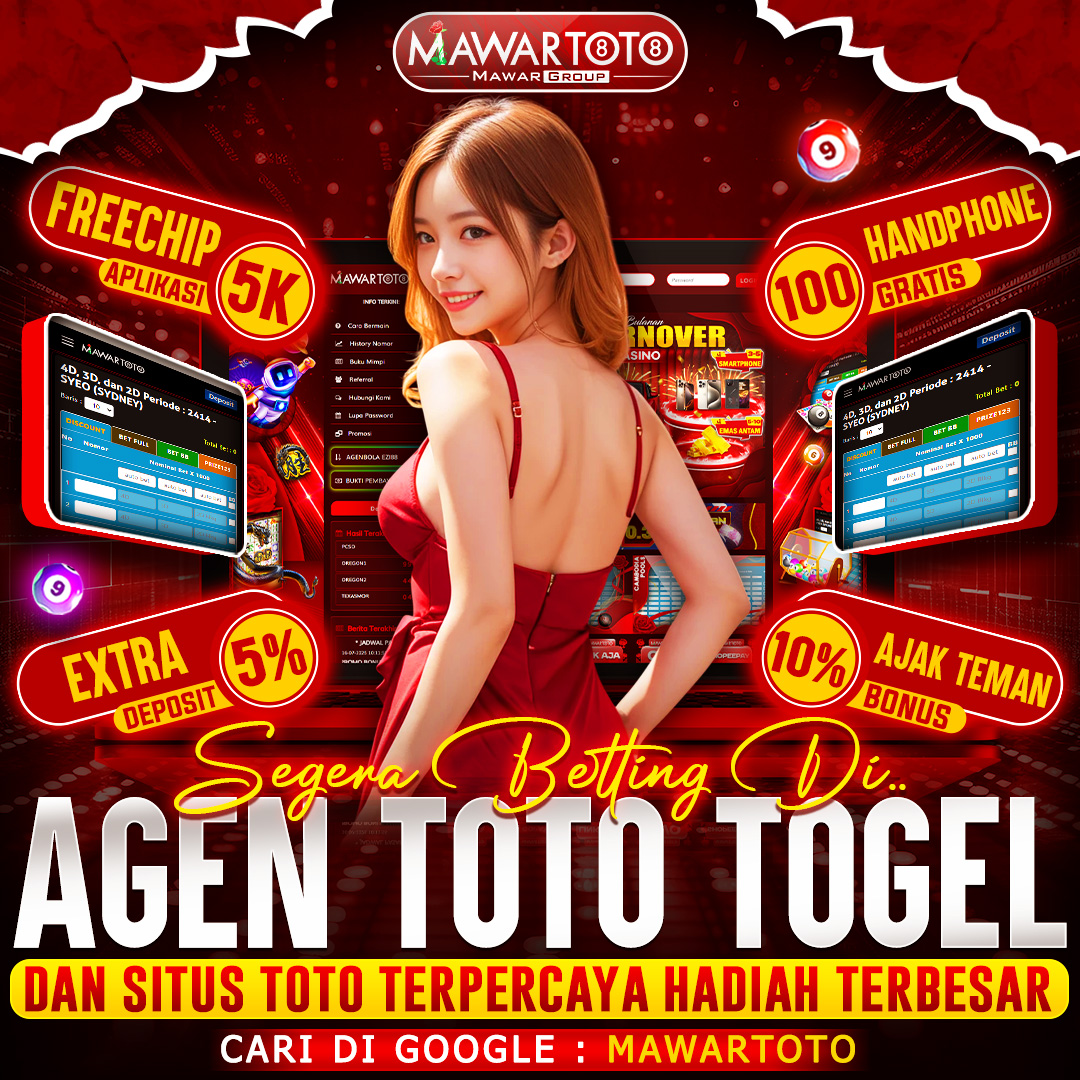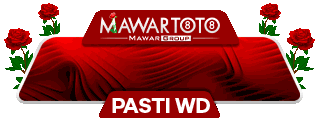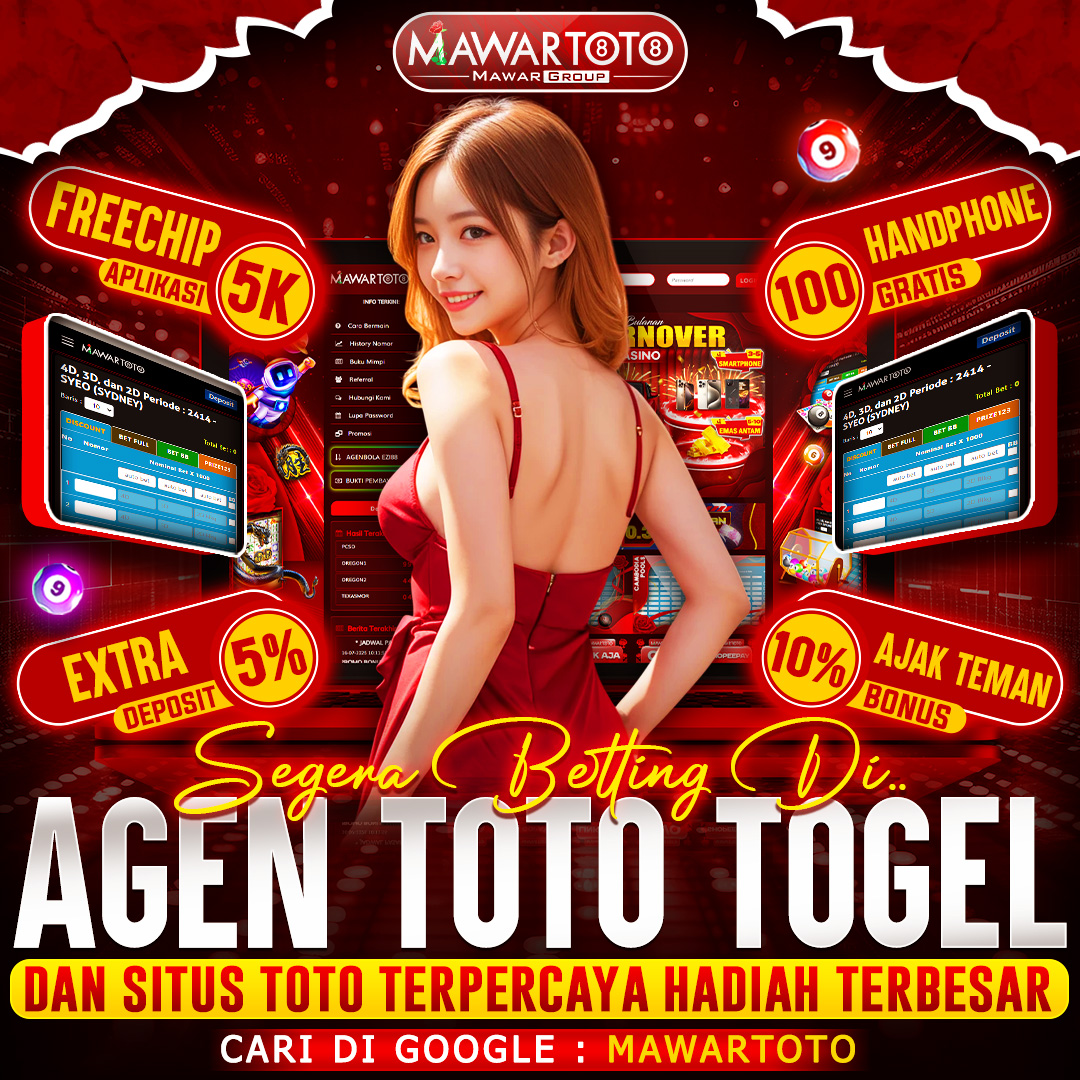Banyak diminati. 97.619 orang membeli ini dalam 24 jam terakhir.
Harga: Rp 5,000+
Normal: Rp 100,000+
Mawartoto hadir untuk kamu sekarang, sebagai link terpercaya situs toto viral resmi & bandar togel online top 1, dengan berbagai fasilitas pasaran togel terlengkap.
Star Seller
Star Sellers have an outstanding track record for providing a great customer experience—they consistently earned 5-star reviews, shipped orders on time, and replied quickly to any messages they received.
-
1. Enter Name/Text
2. Color of Yarn (Default color is white yarn if none selected)
*This is oversized jumper, select one size smaller for a more fitting look0/1024
You can only make an offer when buying a single item
Star Seller. Penjual ini secara konsisten mendapatkan ulasan bintang 5, mengirim tepat waktu, dan membalas dengan cepat setiap pesan yang mereka terima.
Highlights
Mawartoto hadir untuk kamu sekarang, sebagai link terpercaya situs toto viral resmi & bandar togel online top 1, dengan berbagai fasilitas pasaran togel terlengkap.
Di kenal dengan situs toto togel resmi dan terpercaya, MAWARTOTO menyediakan berbagai macam pasaran togel terlengkap, dengan bayaran togel paling besar dan diskon paling murah. Tentu saja Mawartoto menjadi rekomendasi situs yang cocok untuk kamu, situs yang begitu lengkap serta berbagai macam benefit yang menguntungkan yang di sajikan.
-
Pesan hari ini dan akan tiba pada: Sep 19-26
Apabila anda bergabung dengan Situs toto Mawartoto yang memiliki berbagai macam ke untungan, maka kamu juga pasti akan mendapatkan berbagai macam ke untungan.
-
Pengembalian dan penukaran tidak diterima
Namun, silakan hubungi saya jika Anda memiliki masalah dengan pesanan Anda
-
Cost to ship: Rp 5,000
-
Ships from: Indonesia
There was a problem calculating your shipping. Please try again.
MAWARTOTO Perlindungan Pembelian
Berbelanja dengan sepenuh hati di MAWARTOTO, mengetahui jika terjadi kesalahan pada pesanan, kami siap membantu Anda untuk semua pembelian yang memenuhi syarat —
see program terms
Captcha failed to load. Try using a different browser or disabling ad blockers.
4.9 out of 5
(81.4k reviews)
All reviews are from verified buyers
Sebelum nya aku tidak pernah bertemu situs seperti ini, setelah bertemu dengan Mawartoto, aku jadi yakin tidak salah dalam memilih situs untuk bermain togel, terima kasih Mawartoto.
Awal nya saya ragu dengan situs ini, tetapi setelah di cobain, ternyata situs ini memiliki banyak sekali ke untungan dan jaminan pasti bayar, MANTAP MAWARTOTO MENYALA SELALU
SITUS PALING MANTAP YANG PERNAH SAYA TEMUI SETELAH GANTI GANTI SITUS, MAWARTOTO SUKSES SELALU
Menurut saya ini situs wajib di ajukan 4 jempol, sangat mantap sekali, sudah ada jaminan pasti bayar, pelanan cepat dan ramah pula, terima kasih mawartoto sayang banget sama mawartoto.
Photos from reviews
This seller usually responds within 24 hours.
Smooth shipping Has a history of shipping on time with tracking.
Speedy replies Has a history of replying to messages quickly.
Rave reviews Average review rating is 4.8 or higher.
Disclaimer: Artikel ini memberikan informasi yang akurat. Mawartoto adalah atau yang biasa di kenal dengan situs toto adalah situs yang menyajikan permainan toto & togel, dengan berbagai macam benefit yang banyak sekali yang bisa kamu dapatkan, situs ini hadir untuk kamu menjadi rekomendasi yang sangat cocok sekali sebagai untuk kamu yang sedang mencari situs toto, rasakan keseruan bermain di situs ini, dengan semua benefit yang di sajikan.






